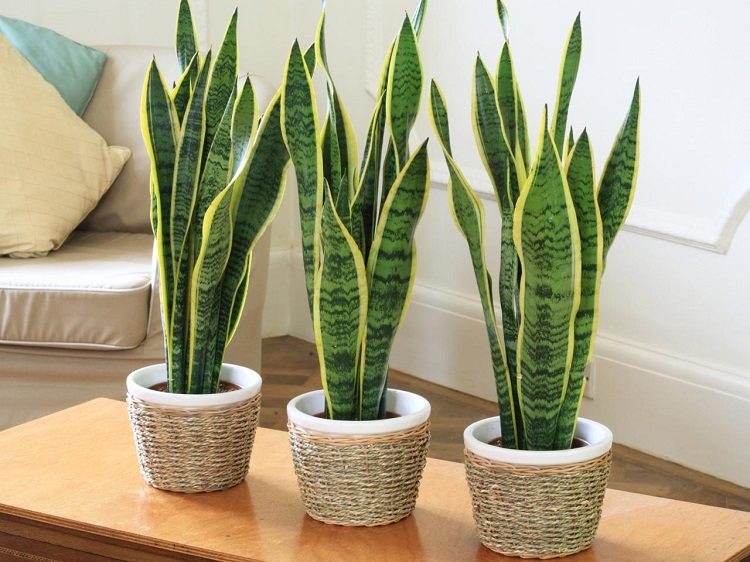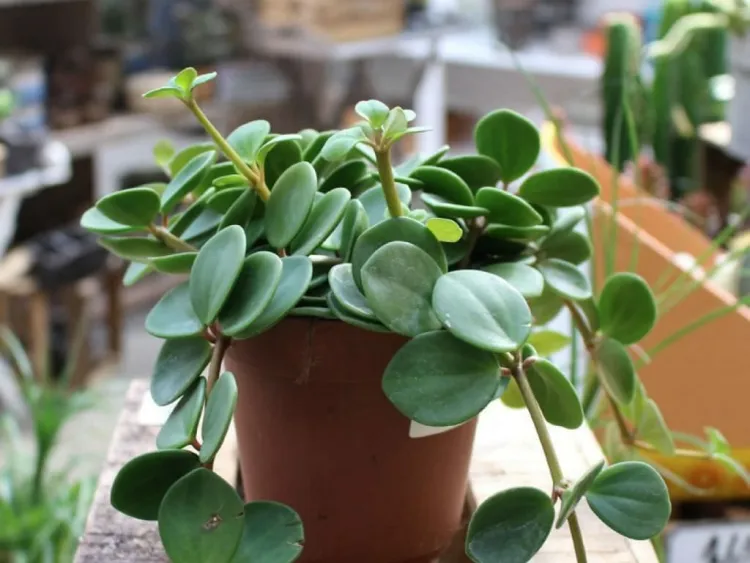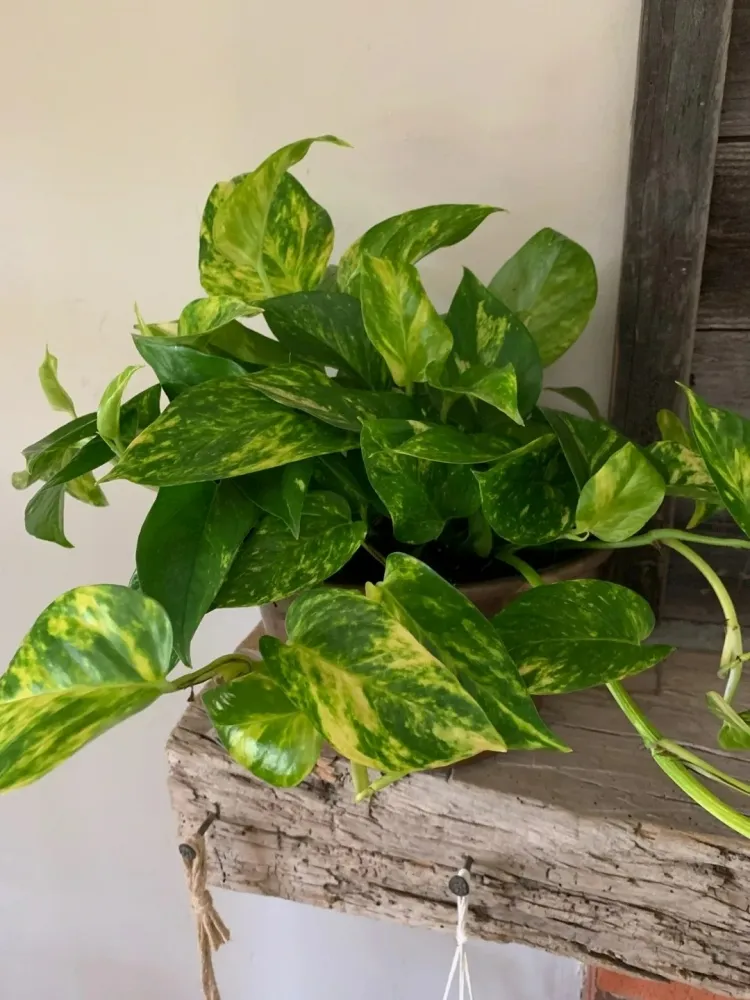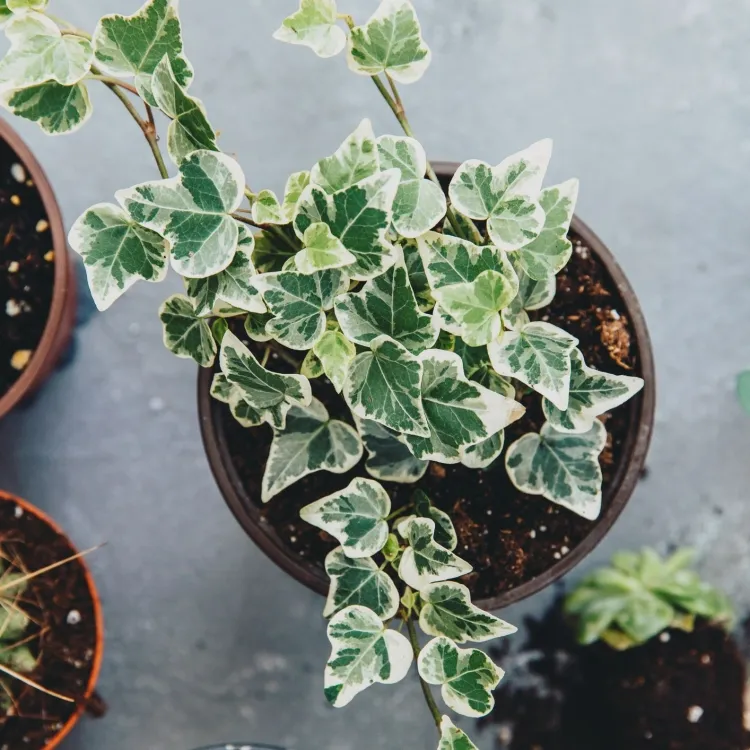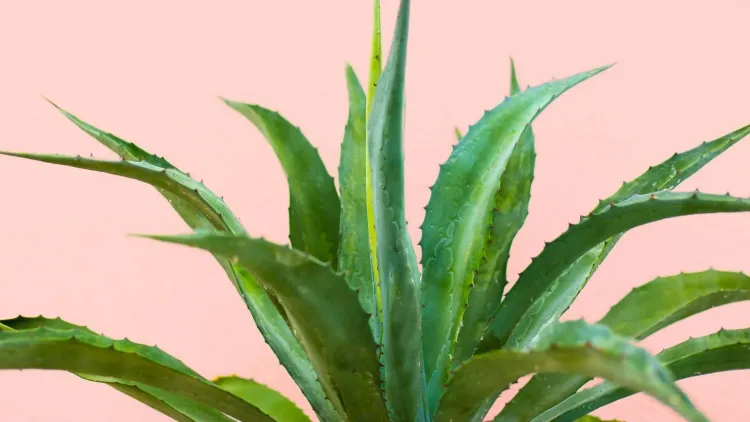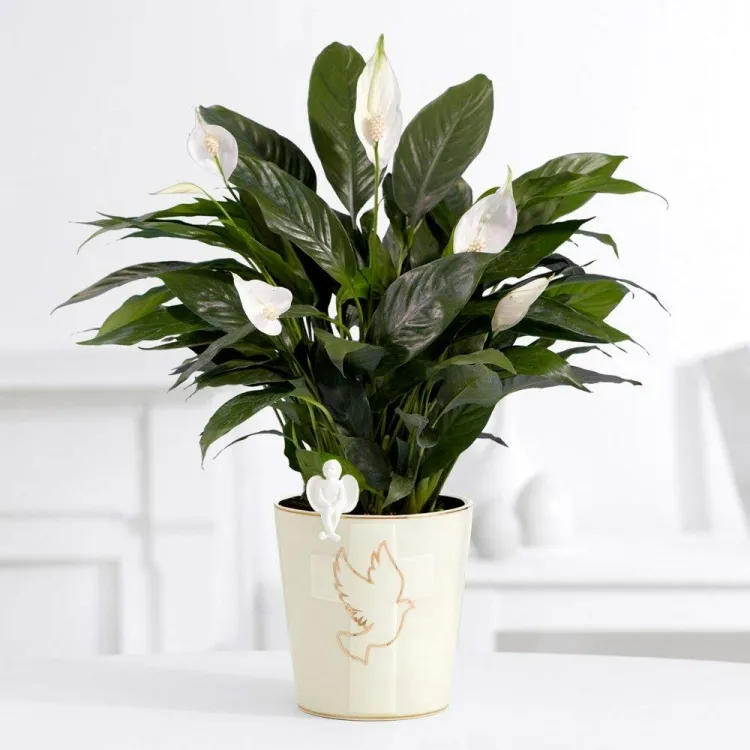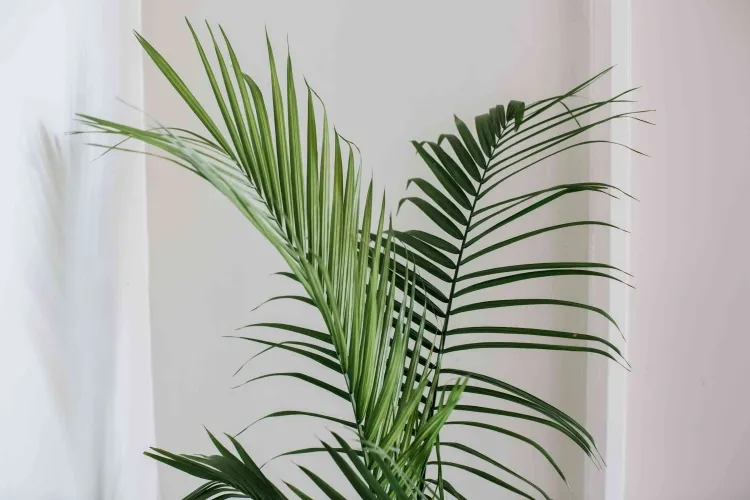You know no other use for houseplants than the aesthetics they create. However, there are many approved and unapproved uses for houseplants. All well-nourished plants breathe, release and absorb water. Some say that especially green species purify and depollute the air, which is questionable. One thing is for sure, there are humidity absorbing plants that can “pump” water out of the air and this function helps reduce mold in the house. We have compiled a small list of these natural and free dehumidifiers.
Humidity absorbing plants in the home: how effective are they?
Home wellness issues need to be addressed and eliminated in the name of family health. Do you ever feel dust on your throat or always have a congested nose? There’s a great way to combine wellness and aesthetics: grow humidity absorbing plants.
These are two environmental problems that can be eliminated by humidity absorbing plants in your home. However, if the humidity level falls below 40% (ideally between 40 and 70%), the air dries out. So, how to find the golden medium: ideal humidity without mold?
This will spare dry skin, headaches and respiratory problems. Unfortunately, humidity can occur in any season. Although summer is considered the worst, in reality, winter is the time when doors and windows are closed, trapping all the excess humidity. This causes indoor water content in the form of mold on the walls and elsewhere, which is very dangerous to your health.
You are curious to set the record straight! Find out our suggestions which humidity absorbing plants to have inside and which to add. Well, there you go!
How do you naturally reduce air humidity?
One way to fight this common problem is to add indoor plants that absorb moisture from the air. Plants are natural dehumidifiers whose leaves regulate the humidity in a room. How does it work? It’s simple: plants absorb water from their environment through their leaves and release it through transpiration.
Most plants that like wet soils in high humidity areas are more likely to develop this adaptation, while others, typical for arid areas with little precipitation can deal with humidity in this way.
The first species that come to mind are spider plants and peace lilies. Another advantage of these will appeal to busy people: their resistance. They can survive lack of watering for a few days. In our list we have “sneaked” some tropical species that also get rid of the humidity in the house.
Green humidity absorbing plants: The Peperomia
The leaves of this plant are evergreen, fleshy and small. Regardless of the variety of Peperomia, it is a natural dehumidifier and prefers to stay moist but not wet all day, so try to water it on a rotating schedule to keep the soil moist. This tropical epiphyte is a succulent that greatly appreciates humidity and bright, indirect light.
Golden Pothos (Epipremnum aureum) as an odor-neutralizing dehumidifier
This plant can feel at home in rooms where steam is common: the kitchen and bathroom. The filtering capabilities of Pothos, also known as “Devil’s ivy” are exemplary, as the heart-shaped leaves are thick and glossy, and this helps them to easily absorb water. Thriving indoors in even the poorest conditions, it is easy to care for but does not require constant attention. Simply place it in an area with excessive moisture and leave it as is.
Which easy-to-care-for humidity absorbing plant should you choose?
English ivy is another plant that is easy to care for and one of the best humidity absorbing plants, making it a good choice for those just starting out with indoor vegetation. Demonstrating hardiness, it can survive in low light conditions and tolerate drought as well as humidity. This makes it a good plant for the shower or bathroom as it will grow best in these conditions.
If you want to add English Ivy to your home, be sure to regularly trim the wilting parts of the vine to encourage growth and prevent it from taking over!
Aloe Vera: a multi-faceted humidity absorbing plant
Known for centuries for its medicinal properties, aloe vera adds another string to its bow: it reduces humidity and can be grown indoors year-round. Its great look in any room is striking with its green leaves. Aloe vera requires very little attention: simply place it in a sunny spot and be sure to water it every few weeks.
We mentioned above the spider plant which is suitable for a hanging pot and is very adaptable. It ranks among the green plants that absorb moisture effectively. The peace lily also known as Spathiphyllum is fond of moisture. No fungus or mold if you maintain this noble beauty.
The list should not end without listing cacti, palms and bamboo. These children of the jungle are excellent dehumidifiers that will effectively rid you of moisture and can refresh the air inside. Don’t forget to clean their leaves regularly not only because it’s aesthetic and hygienic, but because dust will prevent them from doing their job of absorbing moisture.

